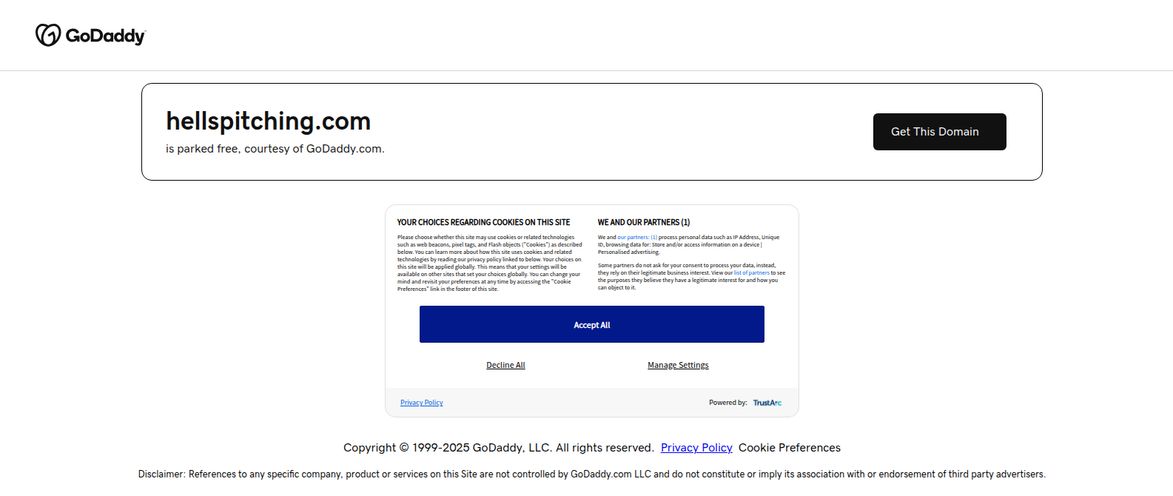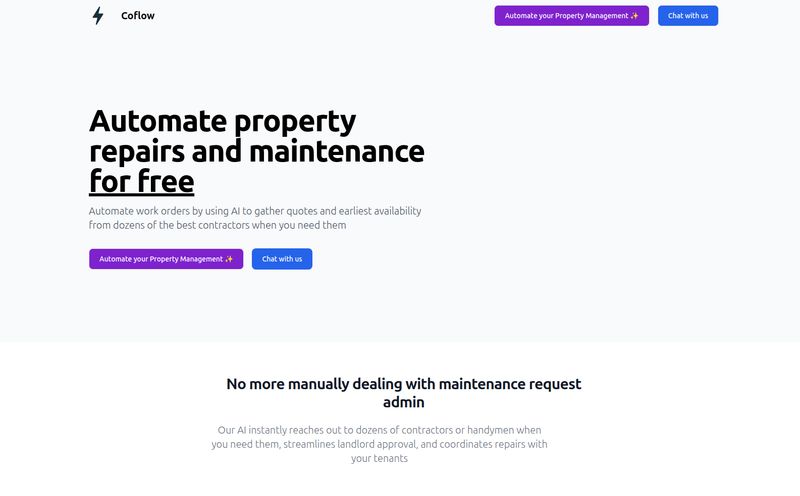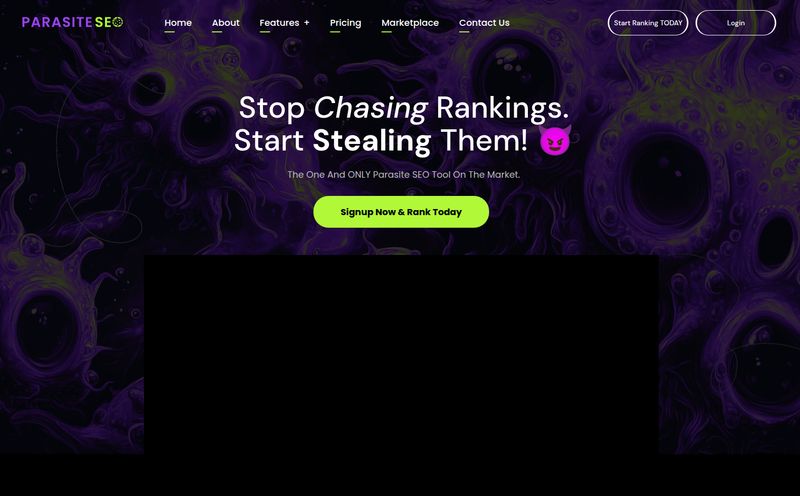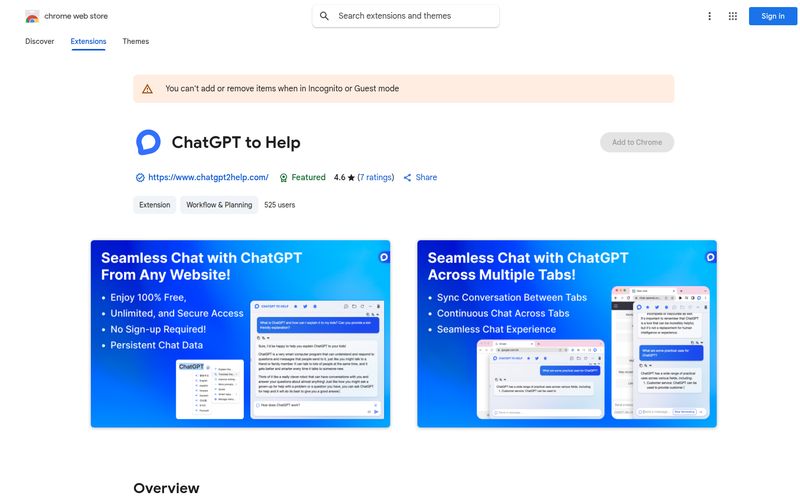If you’re a product manager, how much of your week is spent... just... writing? Product requirements documents (PRDs), user stories, release notes, updates for stakeholders. It’s a never-ending cycle of translating brilliant ideas into structured text. And sometimes, the best ideas don’t come when you’re sitting politely at your desk. They come on a dog walk, in the shower, or while you're stuck in traffic muttering to yourself.
Those fleeting moments of genius? They usually end up as a garbled voice note or a cryptic entry in your phone that makes zero sense two hours later. I’ve been there. We've all been there. It’s the grand, unglamorous tradition of product management. The grind behind the glory.
So when I first heard about Boggl.ai, my inner skeptic, honed by years of seeing “game-changing” SaaS tools come and go, raised an eyebrow. A voice AI that turns your ramblings into perfectly crafted product docs? Yeah, right. But another part of me, the part that has stared at a blank Google Doc at 10 PM willing a PRD to write itself, was intrigued. Deeply intrigued.
So, What Exactly is Boggl.ai?
In the simplest terms, Boggl.ai is an AI-powered assistant designed specifically for the product management workflow. You talk, it listens. But here’s the kicker—it doesn’t just transcribe your words. That’s old news. It takes your casual, conversational speech and uses AI to structure it into actual, usable documents. Think release notes, PRDs, and even customer-facing comms.
It’s less of a stenographer and more of a translator—translating the messy, non-linear chaos of a creative brain into the structured, logical format that engineers and stakeholders need. It’s a fascinating proposition, aiming to automate one of the most time-consuming parts of the job.

Visit Boggl.ai
Basically, it’s for any PM, founder, or team lead who has ever thought, “I wish I could just say this feature idea and have it appear in Jira.” Apparently, now you can.
The Features That Actually Matter
A feature list is just a list. What I care about is how it fits into my actual, messy, coffee-fueled workday. And Boggl has a few tricks up its sleeve that are genuinely interesting.
From Voice Memos to Structured Docs
This is the main event. You record your thoughts, and the AI gets to work. I’m not just talking about a wall of text. It pulls out requirements, defines user stories, and organizes everything under the right headings. It's the difference between getting a raw transcript of an interview and a finished article. One is a starting point; the other is damn near the finish line. This is where Boggl.ai tries to separate itself from a simple tool like Otter.ai. The value isn’t the what, it’s the how.
Playing Nicely with Your Existing Tools
Here’s what sealed my interest. Boggl.ai integrates with the holy trinity of product management tools: Jira, Google Docs, and Notion. This is critical. I’ve reviewed too many platforms that are brilliant in a vacuum but useless in practice because they don’t connect to anything. The fact that I can brainstorm a feature and push a structured version of it directly into a Jira ticket or a Notion database without a mountain of copy-pasting… well, that’s a real workflow improvement.
Keeping Everyone on the Same Page
Consistency is the unsung hero of good product development. Boggl.ai uses templates to standardize the documents it creates. This means every PRD or set of release notes has the same format, regardless of which PM wrote it. No more deciphering one person’s “creative” approach to user stories. It’s a small thing that becomes a very big thing when you’re trying to scale a team and maintain clarity. It just removes a layer of cognitive friction for the entire product org.
My Honest Take: The Good, The Bad, and The AI
Alright, let's get into the nitty-gritty. I’ve played around with it, and like any tool, it’s got its brilliant moments and its… learning opportunities.
The Good Stuff (The "Wow" Moments)
The time savings are undeniable. One of the customer testimonials from a user named Himani N states, "Boggl is a game changer for me!" and I can see why. That initial brain-to-paper process, which can take hours of drafting and structuring, is crunched down to minutes. It's not perfect, but it gives you an 80% complete first draft that you can then refine. That alone is a massive win, freeing up mental space for more strategic thinking—you know, the fun part of the job.
The Not-So-Good Stuff (Let's Be Real)
This is not a magic wand. The number one thing to understand is that AI is your co-pilot, not the pilot. You still need to do a final review. The output is impressive, but it’s based on the input you give it. If your voice note is mumbled or you're in a loud cafe, the accuracy will suffer. Garbage in, garbage out, as they say. This isn't a flaw of Boggl specifically, but the current reality of voice AI technology. You have to speak clearly and provide good raw material.
Some might argue that relying on an AI for documentation could make PMs lazy. I disagree. I think it removes the tedious, repetitive work to let them focus on the substance. But you do have to be a good editor of your own—and the AI's—work.
Let's Talk Money: Boggl.ai Pricing
Pricing is always the million-dollar question, isn't it? Thankfully, Boggl.ai is pretty transparent, and the structure makes sense for different team sizes.
| Plan | Price (per month) | Who It's For |
|---|---|---|
| Starter Free | $0 | Anyone who wants to kick the tires. It's limited, but gives you a real feel for the platform. |
| Single Author | $19 | Solo founders, freelance PMs, or a PM on a team who wants to try it for themselves. |
| 5 Authors | $95 | Small, agile product teams that want to standardize their documentation workflow. |
| 10 Authors | $190 | Growing or larger product teams where consistency and time-saving are major priorities. |
The core metric seems to be "tokens," which is common for AI tools and relates to the amount of text you process. For $19 a month, is it worth it? If it saves you even 2-3 hours of tedious documentation work a month, I’d say the ROI is there. Your time is worth more than that.
Is Boggl.ai Right for Your Team?
So, who should be booking a demo? I’d say Boggl.ai is a fantastic fit for fast-moving startups and scale-ups where speed and efficiency are paramount. If you're a product manager who despises the documentation grind (and loves to think out loud), this could be your new best friend. It’s also great for teams trying to create a more unified documentation culture without having to enforce it with an iron fist.
Who might not need it? If you're a very small team working on a very simple product, the overhead might not be worth it. Also, if your company has an incredibly bespoke, rigid documentation process that's been in place since 2005, an AI tool might have a hard time conforming without some heavy customization. But for the vast majority of modern product teams, this seems like a step in teh right direction.
Frequently Asked Questions About Boggl.ai
How does Boggl.ai handle different accents or noisy backgrounds?
Like most voice AI, performance is best with clear audio. While it can handle various accents, a strong, clear voice in a relatively quiet environment will always yield better results. It's a good idea to do a quick test recording to check your quality.
Is my data safe with Boggl.ai?
According to their website, they take data security seriously. They state, "Your data is safe with us." As with any third-party tool, it's always best practice to review their specific privacy policy, especially if you're discussing highly sensitive or proprietary information.
Can I customize the document templates?
Yes, the ability to use and refine templates is a core part of the offering. This helps ensure that the AI-generated documents match your team's specific formatting for PRDs, release notes, and other common documents.
What's the real difference between Boggl.ai and a standard transcription service?
Transcription services turn speech into a block of text. Boggl.ai goes a step further by analyzing that text and structuring it into a formatted product document, complete with headings, user stories, and requirements. It's the difference between raw data and an organized report.
How are "tokens" calculated in the pricing plans?
Tokens are the basic units that large language models use to process text. A token is roughly equivalent to 4 characters or about ¾ of a word. The token limits on each plan essentially dictate how much documentation you can generate per month.
The Final Verdict on Boggl.ai
Look, no tool is a silver bullet. But Boggl.ai is a genuinely smart application of AI to solve a real, nagging problem for product people. It won’t do your job for you. It won't come up with the brilliant ideas. But it can clear the administrative brush, freeing you up to do the deep thinking that actually moves the needle.
It feels like a glimpse into the future of knowledge work, where AI acts as a true collaborator, handling the grunt work so humans can focus on creativity and strategy. For product managers drowning in documentation, Boggl.ai isn't just a cool piece of tech; it's a potential life raft. And for that, it gets a solid nod of approval from me.



